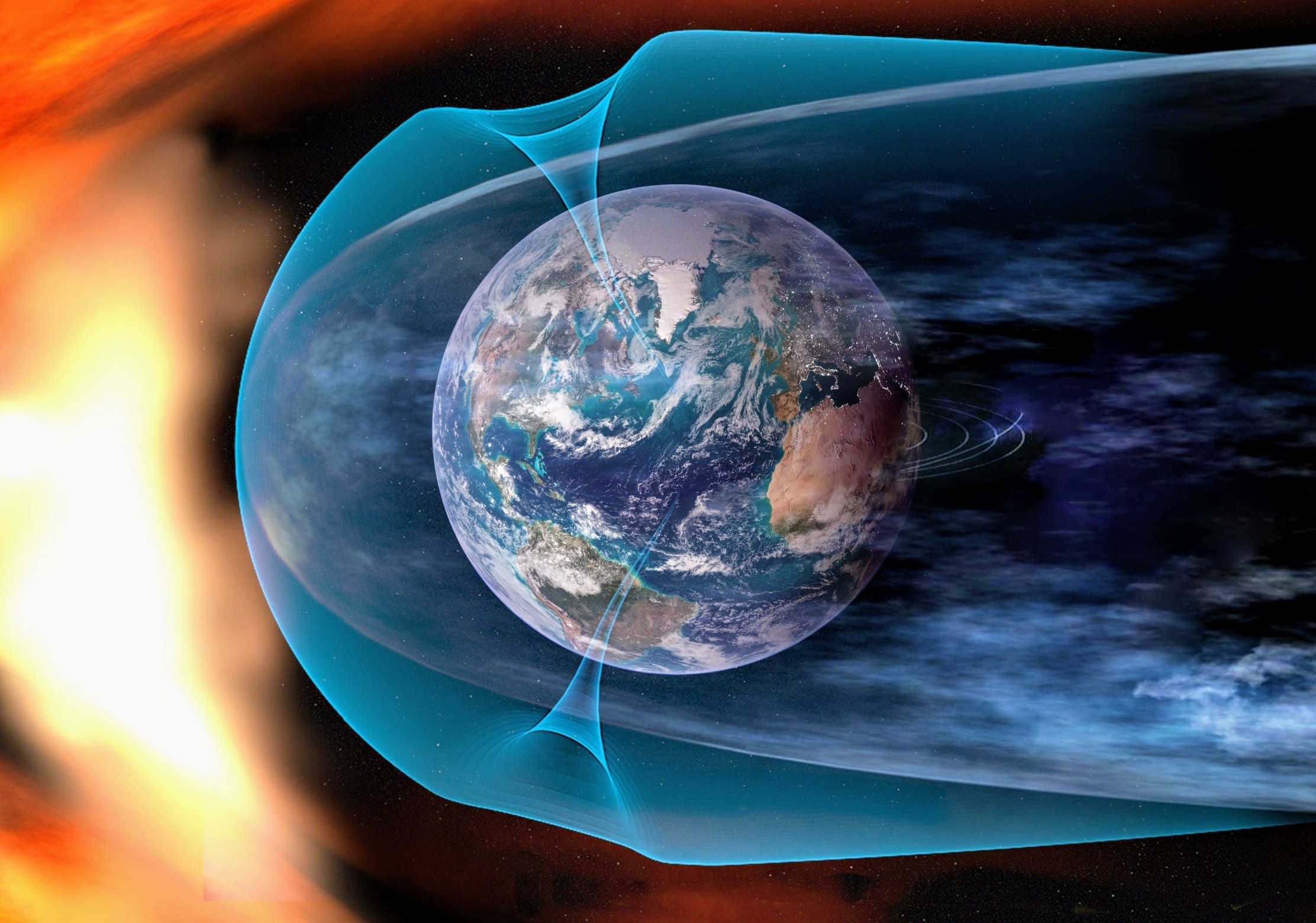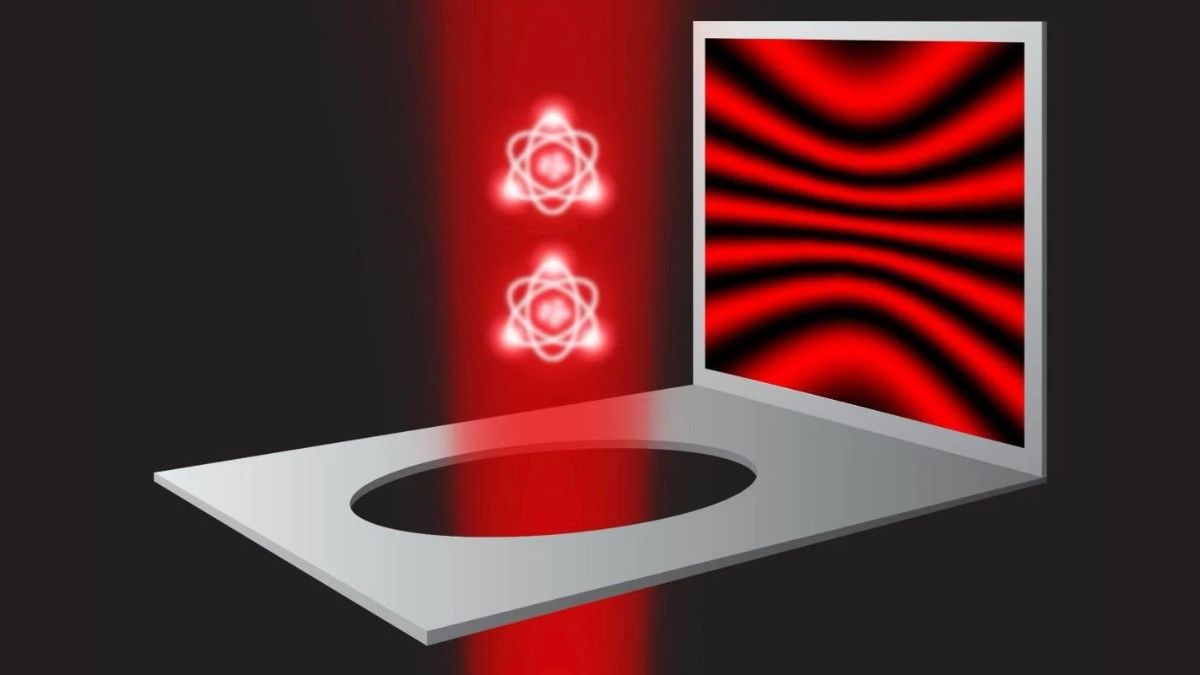Breakthroughs and Challenges in Nuclear Fusion Technology

Nuclear fusion has long been hailed as the holy grail of energy production, promising a clean and virtually limitless source of power. This process occurs when isotopes of hydrogen, under conditions of extreme temperature and pressure, fuse together to form helium, releasing a significant amount of energy in the process. To achieve this, the isotopes must be heated to temperatures exceeding those found at the core of the Sun, creating a fourth state of matter known as plasma. However, despite the potential advantages, the journey toward practical nuclear fusion energy faces a significant challenge: effectively containing high-energy particles within the reactor walls.
The crux of the issue lies in the behavior of alpha particles, which are released during the fusion reaction. At the incredibly high temperatures necessary for fusion, these particles can leak out of the reactor, leading to a reduction in plasma density. This loss of density causes the plasma to cool, which eventually hinders the fusion process itself. Consequently, the energy production diminishes, undermining the very purpose of the fusion reaction. To combat this phenomenon, scientists and engineers are developing advanced systems aimed at preventing the escape of alpha particles, thereby maintaining the integrity of the plasma and ensuring sustained energy output.
To address the containment problem, engineers have turned to sophisticated magnetic confinement systems that act as barriers to keep alpha particles securely enclosed within the reactor. One notable design is the stellarator, which utilizes external coils to generate magnetic fields capable of confining plasma and high-energy particles. This innovative approach is often colloquially referred to as a 'magnetic bottle', as it attempts to trap the energetic particles much like a bottle holds its liquid contents. However, it is important to note that even these advanced systems are not without their flaws. Some designs exhibit small holes or inefficiencies that can allow alpha particles to escape, thus posing a significant barrier to the realization of stable and continuous fusion reactions.
The ongoing pursuit of a viable nuclear fusion technology involves a combination of experimental research and engineering ingenuity. By refining containment methods and understanding the fundamental processes governing plasma behavior, researchers hope to eventually unlock the full potential of fusion energy, paving the way for a new era of sustainable power. As the world grapples with the growing energy demands and climate change challenges, the stakes for successful nuclear fusion research could not be higher.



















